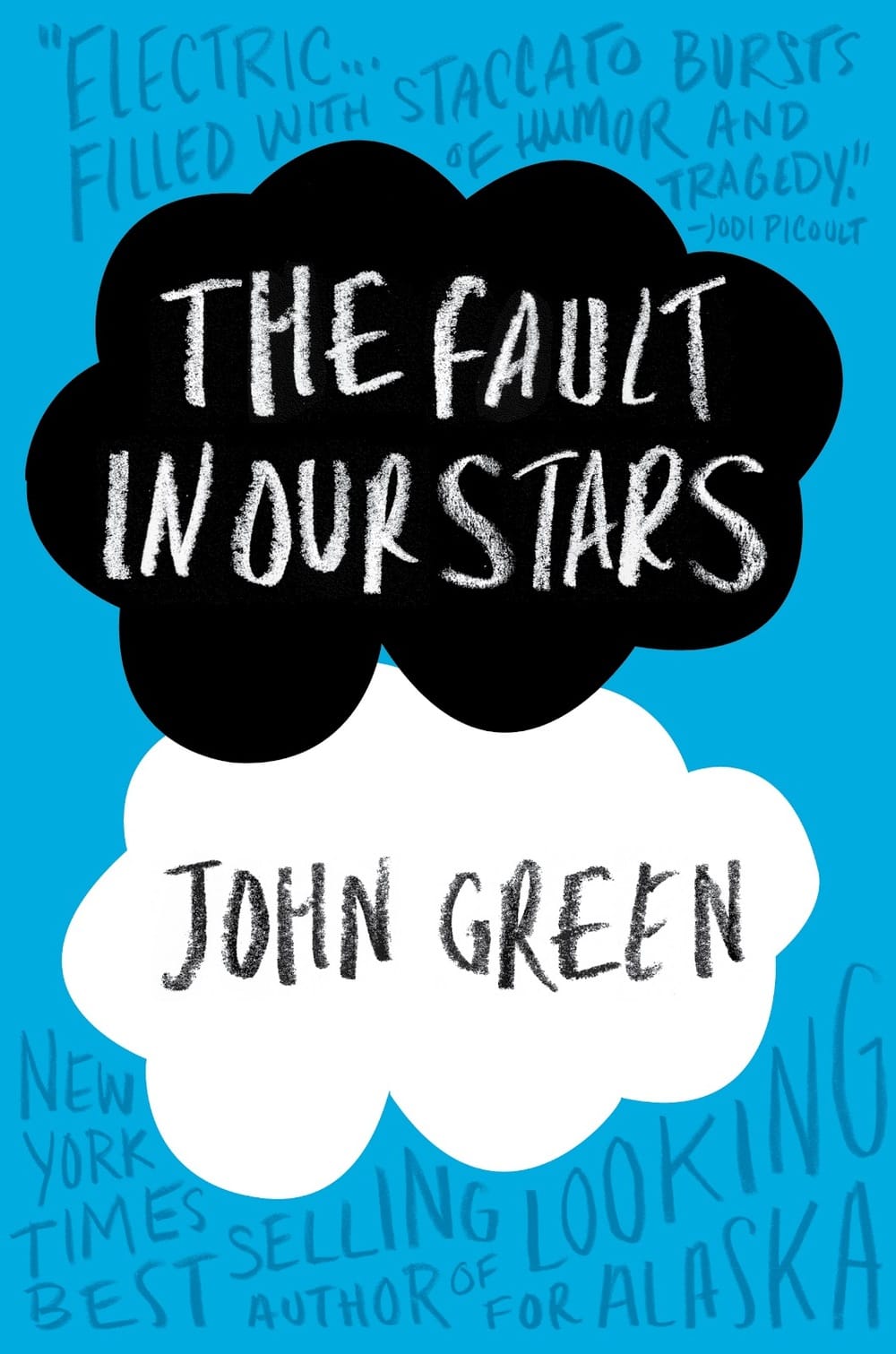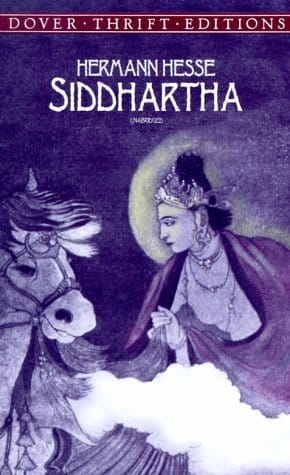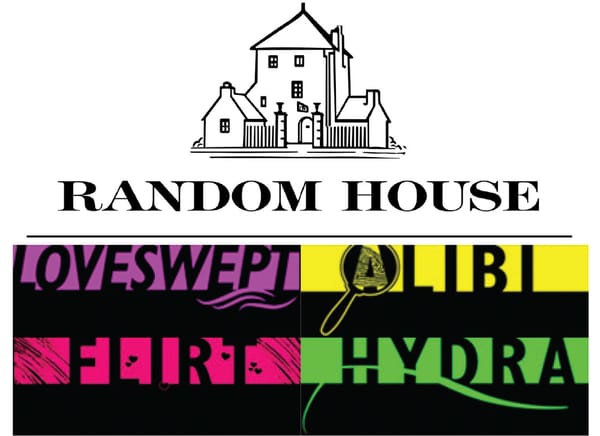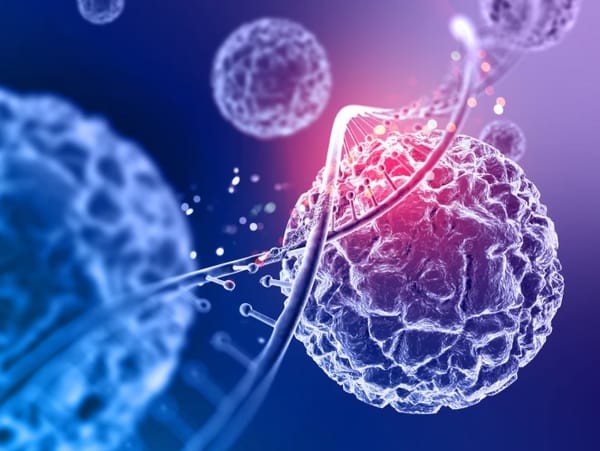The Fault in Our Stars
Alejandro Torrado Pacheco on a profoundly excellent read

Freud was the first to identify the dualistic principle of Love and Death, personified in the Greek gods Eros and Thanatos, as a key component of the human psyche. In his description, the first is the drive for reproduction, the positive instinct of preservation and creation of life; but human beings also display an opposed destructive instinct towards others and sometimes themselves. Attempting to explain our every actions in these terms may be reductive; but in John Green’s fourth novel, The Fault In Our Stars, love and death become real forces, and their painful clash is the central theme of the book.
The story is told by Hazel Grace Lancaster, who is sixteen years old and has lung cancer, or in her words, “lungs that suck at being lungs”. She carries around with her a little steel cart with an oxygen tank and is not very good at going up stairs. Hazel knows she is going to die. At Cancer Support Group, among a crowd of other teenagers, she meets Augustus Waters, a charismatic ex-basketball player who has lost a leg to osteosarcoma and is now NEC (No Evidence of Cancer), and likes to indulge in metaphorically charged behaviour such as holding an unlit cigarette in his mouth.
Hazel and Augustus’ story begins here and is told masterfully by Green. His witty, genuine humour is alternated to sad, tragic moments in an articulate counterpoint. The prose is never predictable or descending into cheap sentimentalism, a testimony to the author’s skill as a writer; to his insight and understanding as a human being. Perhaps the characters are unrealistically smart and well-spoken; but this novel is truly a pleasure to read through.
Hazel lends her favourite book, by Dutch author Peter Van Houten, to Augustus and he becomes fascinated by it as well. It is about a young girl dying of cancer, and ends abruptly in the middle of a sentence. The unknown fate of all the story’s characters is Hazel’s obsession, so Augustus decides to get in touch with the author who agrees to speak about the book, provided it is in person. Augustus then uses the “wish” that a foundation for terminally ill children offers him, to fly to Holland with Hazel to meet him.
The two protagonists arrive in Amsterdam where Van Houten turns out to be an odd, embittered man, who rudely sends them away. We are left to follow Hazel and Augustus in Amsterdam. In Anne Frank’s house, they kiss to the sound of applause from the crowd. Here as in the rest of the novel, we are all the time exposed to their reflections upon illness and life, death and remembrance, spoken in a manner that is real and raw, with true, dry sentiment. At the end of the trip, Augustus reveals to Hazel that his cancer is back and has spread through his body: “The lining of my chest, my left hip, my liver, everywhere. Everywhere. That word hung in the air awhile. We both knew what it meant.”
The complex relationship between love and death emerges continuously throughout the book and particularly after Augustus’ revelation. As the two teenagers fall in love the ephemeral quality of their respective lives forces them to dedicate a lot of thought to things that most of us (let alone most of us at the age of sixteen) light-heartedly ignore: how hard it is to love and be loved knowing that all that will be left are scars; how inadvertently ridiculous we are in acting as immortal beings allowing ourselves to use words such as “forever” and “always”; yet how inevitable and necessary it is to do so. The sentence: “That’s the thing about pain: it demands to be felt.” is quoted several times; in the same way, death demands for its towering presence to be acknowledged.
The confident Augustus is shown is his last days in all his fragility amidst the flatly grotesque ugliness of illness. Green depicts him dazed by narcotics and lying in a pool of his own urine in his bed, or vomiting on himself. The sincerity of the storyteller only strengthens the romance, in its almost painful humanity. Death accelerates time and in the end what’s left is for Hazel is the gratitude for “a forever within the numbered days”. A read I recommend, powerful and touching.
John Green is an American writer of young fiction. He has won several prizes for his books, and The Fault In Our Stars has received much critical appraisal. Green and his brother Hank, have an entertaining YouTube channel called Vlogbrothers, where they exchange their geeky video correspondence and through which they have amassed an impressive horde of followers – the Nerdfighters (nerdfighters.ning.com). You can find out more about the brothers at hankgreen.com.








